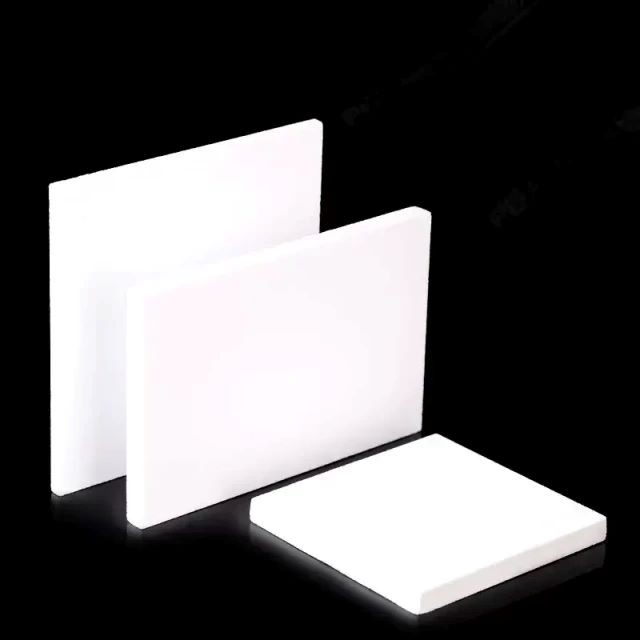
fine ceramics
High Temperature Wear-Resistant Alumina Al2O3 Plate for Engineering Advanced Fine Ceramics
Item Number : KM-C08
Price varies based on specs and customizations
- Material
- Aluminum oxide
- Specification
- See the form
Shipping:
Contact us to get shipping details Enjoy On-time Dispatch Guarantee.
Why Choose Us
Reliable PartnerEasy ordering process, quality products, and dedicated support for your business success.
Application
Insulating alumina ceramic plates have excellent insulation properties and high temperature resistance. It can withstand long-term use at 1600 degrees Celsius and short-term use at 1200 degrees Celsius. In addition, it has excellent hardenability and heat resistance to minimize the risk of bursting. It has low thermal resistance, good thermal shock resistance, high mechanical strength, high purity, and good chemical corrosion resistance. It is very suitable as a wear-resistant mechanical part to meet diverse technical requirements.
- Electronic components and substrates
- High temperature electrical insulator
- High voltage insulator
- Laser tube
- Mechanical Parts
- Machinery Seal
- Precision shafts and bearings in high wear environments
- sealing ring
- semiconductor parts
- Shot blasting nozzle
- Thermocouple tube
- Tapping plate
- Wires and Wire Guides
Detail & Parts
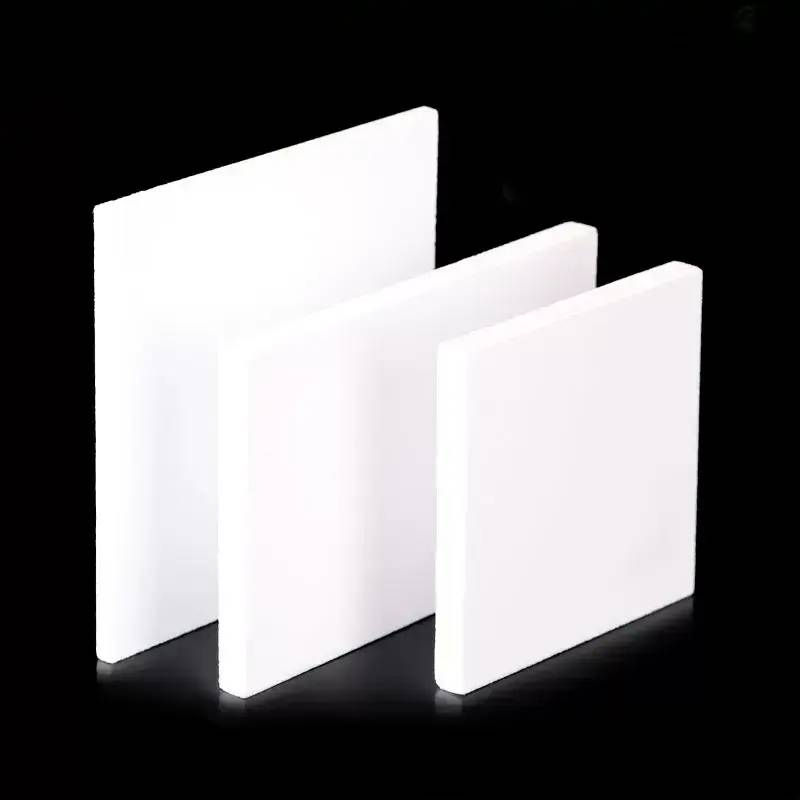
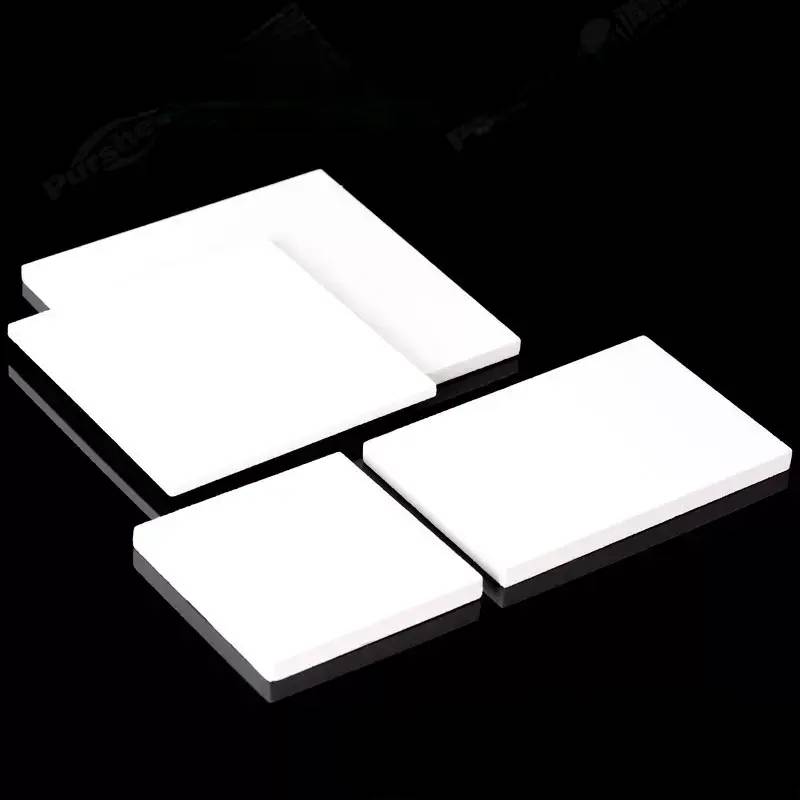
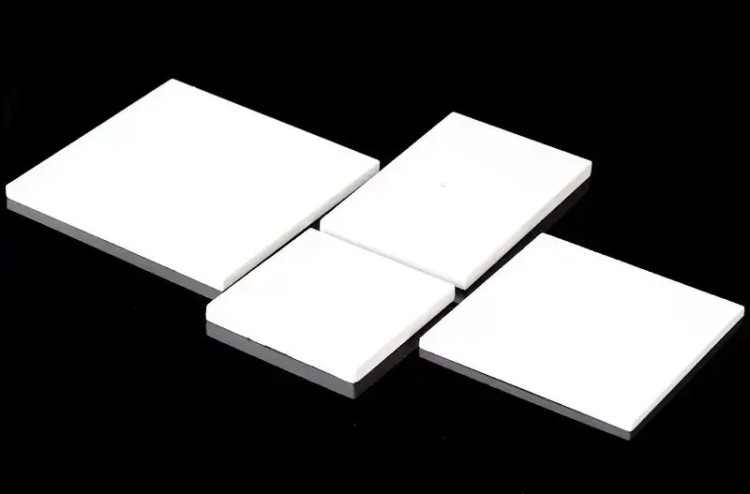
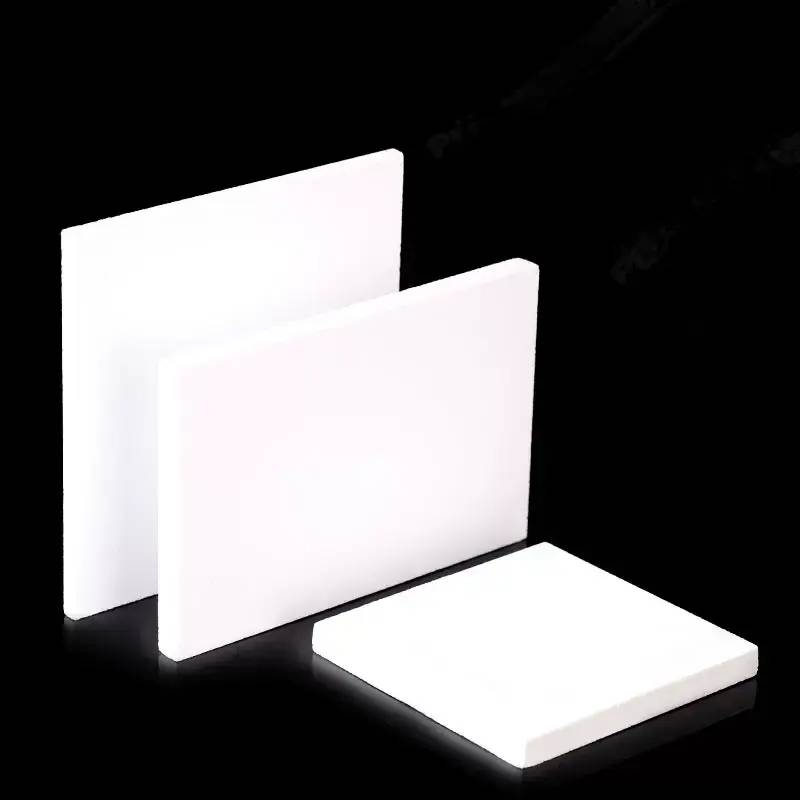
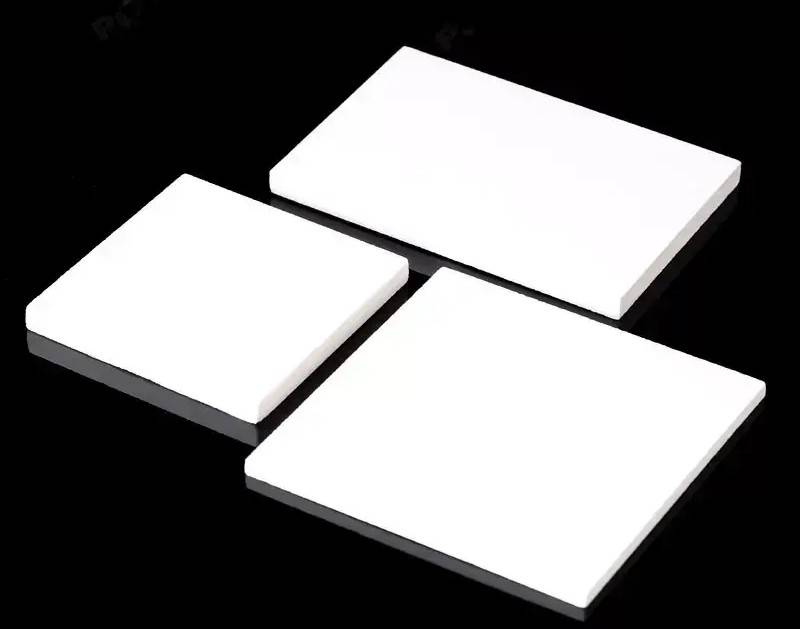
Technical specifications
| 10x10x1mm | 130x32x10mm | 140x85x10mm | 150x150x8mm |
| 100x100x4mm | 133x133x6mm | 150x100x10mm | 150x150x10mm |
| 100x100x10mm | 135x30x10mm | 150x140x8mm | 160x160x8mm |
| 115x70x10mm | 135x135x5mm | 150x150x6mm | 250x250x10mm |
The produce we show are available in different sizes and custom sizes are available on request.
Advantages
- High temperature resistance: Alumina ceramics exhibit excellent high temperature resistance and can withstand environments up to 1800°C.
- Electrical and thermal insulation: These ceramics have high withstand voltage and insulating properties. They have low dielectric constant, low dielectric loss, high mechanical strength and high dielectric strength.
- Wear resistance: Compared with metals, alumina ceramics have excellent wear resistance and abrasion resistance. With a Mohs hardness rating of 9, HRA 80-90, these ceramics surpass the wear resistance of steel and stainless steel.
- Other properties: Alumina plate has additional beneficial properties, including high temperature heat resistance, hardness strength, insulation, good thermal conductivity, wear resistance, acid and alkali corrosion resistance, long service life, etc.
FAQ
What Are The Main Applications Of Fine Ceramics?
What Are The Main Types Of Fine Ceramics?
What Is The Principle Behind Fine Ceramics?
What Are The Advantages Of Using Fine Ceramics?
4.9
out of
5
I'm very satisfied with the speed of delivery. The product arrived on time and was well-packaged.
4.8
out of
5
The alumina plate is a great value for money. It is very durable and has helped improve the performance of our machines.
4.7
out of
5
The quality of the alumina plate is outstanding. It is very well-made and meets all of our requirements.
4.9
out of
5
I'm really impressed with the durability of the alumina plate. It has been in use for a long time and shows no signs of wear or tear.
4.8
out of
5
The technological advancement of the alumina plate is amazing. It is a very innovative product that has helped us improve our efficiency.
4.7
out of
5
I'm very pleased with the overall performance of the alumina plate. It has exceeded my expectations and I highly recommend it.
4.9
out of
5
The alumina plate is a must-have for any laboratory. It is a very versatile product that can be used for a variety of applications.
4.8
out of
5
I'm very impressed with the customer service of KINTEK SOLUTION. They were very helpful in answering my questions and providing me with the information I needed.
4.7
out of
5
I would definitely recommend the alumina plate to other laboratory managers. It is a great product that is worth the investment.
4.9
out of
5
The alumina plate has helped us improve our productivity and efficiency. It is a great addition to our laboratory.
4.8
out of
5
I'm very happy with the alumina plate. It is a great product that meets all of our needs.
4.7
out of
5
The alumina plate is a great value for money. I highly recommend it to other laboratory managers.
4.9
out of
5
I would definitely buy the alumina plate again. It is a great product that has helped us improve our laboratory operations.
REQUEST A QUOTE
Our professional team will reply to you within one business day. Please feel free to contact us!
Related Products
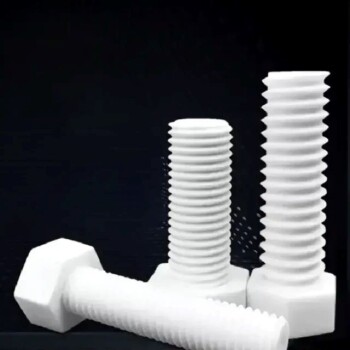
Alumina ceramic screws are fastening components made of 99.5% alumina, ideal for extreme applications requiring excellent thermal resistance, electrical insulation and chemical resistance.

In the journey of scientific exploration and industrial production, every detail is crucial. Our arc-shaped alumina ceramic crucibles, with their excellent high temperature resistance and stable chemical properties, have become a powerful assistant in laboratories and industrial fields. They are made of high-purity alumina materials and manufactured through precision processes to ensure excellent performance in extreme environments.
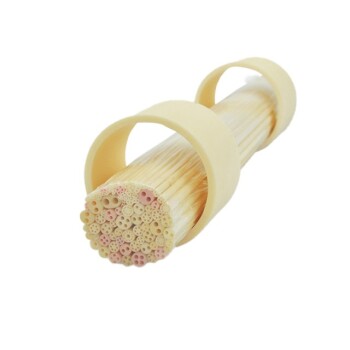
High Temperature Aluminum Oxide (Al2O3) Protective Tube for Engineering Advanced Fine Ceramics
Alumina oxide protective tube, also known as high temperature resistant corundum tube or thermocouple protection tube, is a ceramic tube mainly made of alumina (aluminum oxide).

Alumina wear-resistant ceramic washer are used for heat dissipation, which can replace aluminum heat sinks, with high temperature resistance and high thermal conductivity.
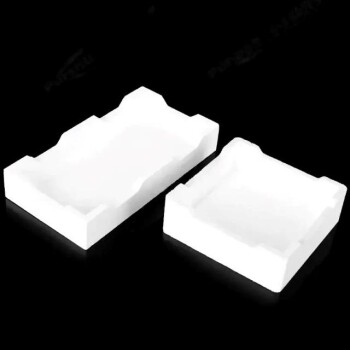
Advanced Engineering Fine Ceramics Alumina Ceramic Saggar for Fine Corundum
Alumina sagger products have the characteristics of high temperature resistance, good thermal shock stability, small expansion coefficient, anti-stripping, and good anti-powdering performance.

High Temperature Alumina (Al2O3) Furnace Tube for Engineering Advanced Fine Ceramics
High temperature alumina furnace tube combines the advantages of high hardness of alumina, good chemical inertness and steel, and has excellent wear resistance, thermal shock resistance and mechanical shock resistance.
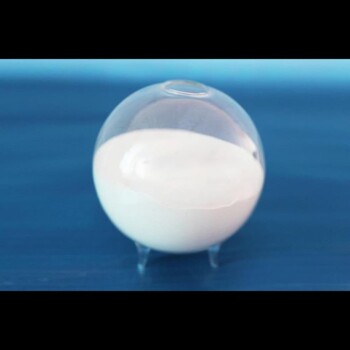
High Purity Alumina Granulated Powder for Engineering Advanced Fine Ceramics
Ordinary alumina granulated powder is alumina particles prepared by traditional processes, with a wide range of applications and good market adaptability. This material is known for its high purity, excellent thermal stability and chemical stability, and is suitable for a variety of high-temperature and conventional applications.

Zirconia Ceramic Gasket Insulating Engineering Advanced Fine Ceramics
Zirconia insulating ceramic gasket has high melting point, high resistivity, low thermal expansion coefficient and other properties, making it an important high temperature resistant material, ceramic insulating material and ceramic sunscreen material.

Alumina ceramics have good electrical conductivity, mechanical strength and high temperature resistance, while zirconia ceramics are known for their high strength and high toughness and are widely used.

Silicon Carbide (SIC) Ceramic Sheet Wear-Resistant Engineering Advanced Fine Ceramics
Silicon carbide (sic) ceramic sheet is composed of high-purity silicon carbide and ultra-fine powder, which is formed by vibration molding and high-temperature sintering.

Advanced Engineering Fine Ceramics Boron Nitride (BN) Ceramic Parts
Boron nitride ((BN) is a compound with high melting point, high hardness, high thermal conductivity and high electrical resistivity. Its crystal structure is similar to graphene and harder than diamond.
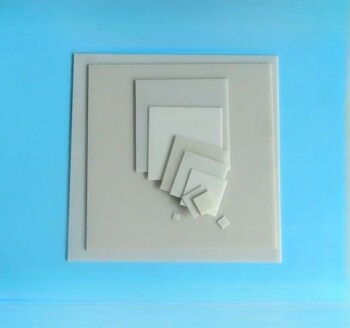
Advanced Engineering Fine Ceramics Aluminum Nitride (AlN) Ceramic Sheet
Aluminum nitride (AlN) has the characteristics of good compatibility with silicon. It is not only used as a sintering aid or reinforcing phase for structural ceramics, but its performance far exceeds that of alumina.

Engineering Advanced Fine Ceramics Alumina Al2O3 Crucible With Lid Cylindrical Laboratory Crucible
Cylindrical Crucibles Cylindrical crucibles are one of the most common crucible shapes, suitable for melting and processing a wide variety of materials, and are easy to handle and clean.

Engineering Advanced Fine Ceramics Aluminum Oxide Al2O3 Heat Sink for Insulation
The hole structure of the ceramic heat sink increases the heat dissipation area in contact with the air, which greatly enhances the heat dissipation effect, and the heat dissipation effect is better than that of super copper and aluminum.

Engineering Advanced Fine Alumina Al2O3 Ceramic Crucible for Laboratory Muffle Furnace
Alumina ceramic crucibles are used in some materials and metal melting tools, and flat-bottomed crucibles are suitable for melting and processing larger batches of materials with better stability and uniformity.

Precision Machined Zirconia Ceramic Ball for Engineering Advanced Fine Ceramics
zirconia ceramic ball have the characteristics of high strength, high hardness, PPM wear level, high fracture toughness, good wear resistance, and high specific gravity.

Precision Machined Yttria Stabilized Zirconia Ceramic Plate for Engineering Advanced Fine Ceramics
Yttrium-stabilized zirconia has the characteristics of high hardness and high temperature resistance, and has become an important material in the field of refractories and special ceramics.
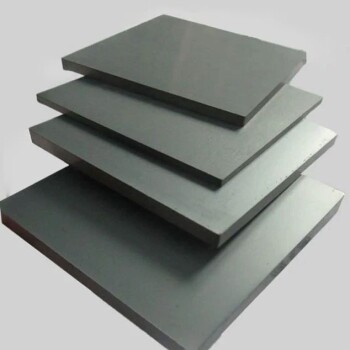
Silicon Carbide (SIC) Ceramic Plate for Engineering Advanced Fine Ceramics
Silicon nitride (sic) ceramic is an inorganic material ceramic that does not shrink during sintering. It is a high-strength, low-density, high-temperature-resistant covalent bond compound.

Precision Machined Silicon Nitride (SiN) Ceramic Sheet for Engineering Advanced Fine Ceramics
Silicon nitride plate is a commonly used ceramic material in the metallurgical industry due to its uniform performance at high temperatures.
Related Articles

Unlocking the Power of Optical Quartz Plates: Applications and Benefits
Delve into the world of optical quartz plates, exploring their exceptional properties, diverse applications in industries like optics, electronics, and more. Discover their advantages, including low thermal expansion, high temperature resistance, and precise optical clarity.

Optical Quartz Plate: A Comprehensive Guide to Applications, Specifications, and Usage
Discover the versatility of optical quartz plates, exploring their uses in various industries, key specifications, and factors that differentiate them from glass. Gain insights into their applications in ultraviolet transmission, precision optics, and more.

Dos and don'ts during the installation of molybdenum disilicide (MoSi2) heating element
Precautions when installing MoSi2 heating elements

Entropy and the Alumina Tube: The Art of Precision Maintenance
Discover the disciplined approach to cleaning alumina furnace tubes. Learn how to prevent thermal shock, remove residue with acid, and extend equipment life.

Advanced Alumina Ceramics: Applications and Manufacturing Techniques
This article discusses the applications and manufacturing techniques of advanced alumina ceramics, including molds, isostatic pressing, and green bodies.

Advanced Alumina Ceramics: Applications and Manufacturing Techniques
Overview of alumina ceramics' applications and manufacturing methods, including molds, isostatic pressing, and green body formation.

Comprehensive Overview of Zirconia Ceramic Materials
A detailed exploration of zirconia ceramics, including properties, history, preparation, molding, sintering, and applications.

Understanding Oxide Ceramics: Concepts, Classification, and Applications
This article delves into the concept, classification, and diverse applications of oxide ceramics, highlighting their significance in various high-tech fields.

Advancements in Engineering Ceramic Materials
Explores new engineering ceramics with exceptional properties and applications in harsh environments, comparing them to traditional materials.

Precision Ceramic Materials for Energy Conversion Applications
Overview of various ceramic materials used in energy conversion technologies, including heaters, piezoelectric ceramics, and solid oxide fuel cells.

Preparation and Performance of Alumina Crucibles for Vacuum Induction Melting Furnace
This article discusses the preparation process and performance benefits of alumina crucibles for vacuum induction melting furnaces, emphasizing thermal stability and long service life.

Advanced Surface Treatment: Titanium CVD Coating
Explores the benefits and applications of CVD coatings on titanium alloys, focusing on wear resistance, corrosion resistance, and thermal stability.